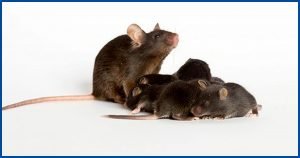Starting in summer 2018 the Dravet mice will also be available for pharmacological testing through the Epilepsy Therapy Screening Program (ETSP), sponsored by the NINDS.
The mission of the ETSP is to encourage and facilitate the discovery of new therapeutic agents for the treatment of epilepsy disorders. Since its establishment in 1975, the program has made important contributions to the development of several approved drugs for epilepsy.
The Dravet Syndrome model is the first model of a genetic epilepsy, and of a rare epilepsy, to be included in the panel. The ETSP service runs independently from the DSEF, so for more information please contact the Program Director at https://www.ninds.nih.gov/Current-Research/Focus-Research/Focus-Epilepsy/ETSP
The open-access mouse model generation was led by Dr Ana Mingorance, from DSF Spain, and funded by DSF Spain and the Swiss Dravet Syndrome Association.
We have also characterized the disease phenotype of these mice when reproducing the patients’ genotype: global expression of the A1783V mutation in heterozygosis. Mice heterozygous for the A1783V mutation have epilepsy, high incidence of premature mortality, hyperactivity, motor stereotypies (autism spectrum), mild cognitive impairment and multiple motor abnormalities. These results how that the new Dravet mice have many of the symptoms present in patients and validates the translational value of the model. The results have been presented at the SfN and AES 2016 meetings and a publication is expected for 2017.

